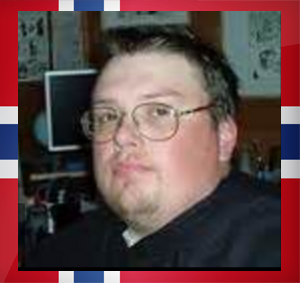 Healthcare (in Norway) is nationalized, but the details are a bit nuanced. Well, a portion of our paycheck goes to the “welfare fund”, and there’s an employer portion on top of that.
Healthcare (in Norway) is nationalized, but the details are a bit nuanced. Well, a portion of our paycheck goes to the “welfare fund”, and there’s an employer portion on top of that.
It’s based primarily on the Bismarck Socialism model where the employee contributes one portion, the employer one portion and the Government takes care of the rest.
The fund is managed by the Government, and basically it covers “Health Insurance”, “unemployment insurance”, “disability insurance” and your pension.
If anything happens you’ll always be guaranteed subsistence assistance, but the longer you work continuously before anything happens, and the more money you make (and thus contribute as a percentage of income) the higher your monthly or biweekly payout.
Currently the oil savings fund is part of the guarantee for future welfare programs, although the Government doesn’t spend more than 3-4% annually.
Aside from paying taxes, there is no annual healtcare fee, aside from the co-pay we pay when going to the doctor, which has a cut-off at 250 dollars or so.
On top of this we have about 4-5 weeks of paid vacation (aside from public holidays). By paid vacation we mean that a portion of salary (10-11%) is sort of held back and paid out in weeks off. It feels like an extra because we never see it until it shows up as vacaton pay. This vacation pay is also tax-exempt.
It should be noted that one health benefit is that annually (in a given 12 month period, not restricted by calendar year) we have 4 times 3 days of self-reported sick leave.
What this means is that if you have the flu or some other passing, short term ailment, you don’t have to go to the doctor and get a note if you’re absent for less than 3 days. The days can also be used if you’re home with a sick child.
You get paid sick leave for these days.
It is of course unacceptable to fake sick days, and if you’re caught using sick days to extend planned vacations, for instance, you may get fired.
Of course the health care system has its limitations, Norway is sparsely populated, there are large distances and many live in remote rural areas, so you don’t always get the same full, easily accessed health coverage that you might expect in a larger metropolitan area.
It also means that the rate of GPs is higher compared to specialists, as the opportunity to concentrate medical staff in order tp develop specialization is less, except for in the big cities that are not so big by US standards. This is a common European issue.